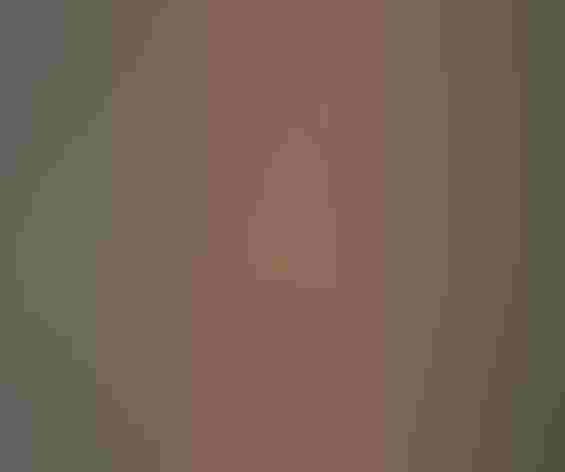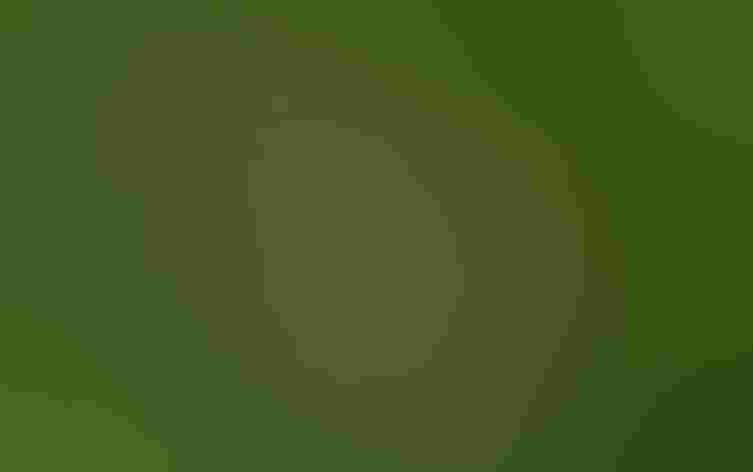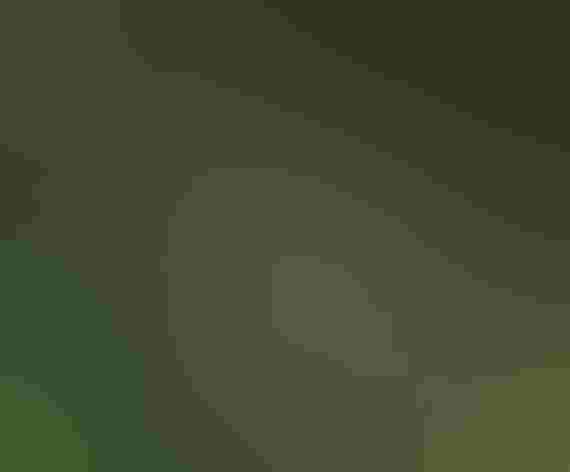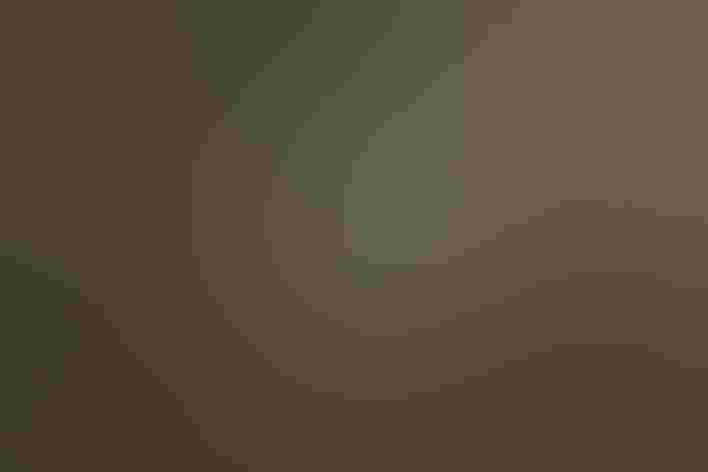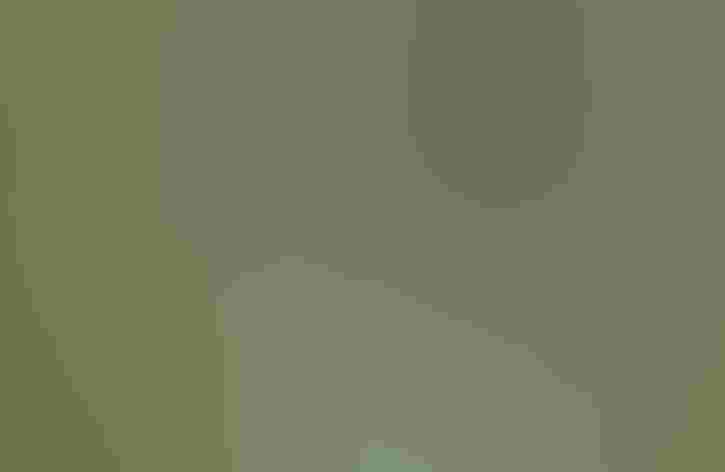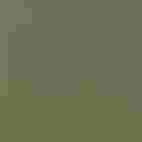Black-chinned Hummingbird
At a Glance
Over much of the west, this species is widespread in many habitats at low elevations, often coming into suburban gardens and nesting in back yards within its range. Several other western hummingbirds may stay through the winter, at least in small numbers, but the Black-chin is almost entirely absent from the west in winter.
All bird guide text and rangemaps adapted from Lives of North American Birds by Kenn Kaufman© 1996, used by permission of Houghton Mifflin Harcourt Publishing Company. All rights reserved.
Category
Hummingbirds
IUCN Status
Least Concern
Habitat
Arroyos and Canyons, Desert and Arid Habitats, Forests and Woodlands, High Mountains, Shrublands, Savannas, and Thickets, Urban and Suburban Habitats
Region
California, Florida, Northwest, Plains, Rocky Mountains, Southeast, Southwest, Texas, Western Canada
Behavior
Flitter, Hovering, Rapid Wingbeats
Population
8.800.000
Range & Identification
Migration & Range Maps
Strictly migratory, arriving in spring and leaving in fall. Almost all winter in Mexico. A few stray east in fall, and may winter near Gulf Coast.
Description
3 3/4" (10 cm). Purple band below male's black chin is hard to see; more obvious is white collar below that. Female almost identical to female Ruby-throated Hummingbird; told from similar hummers in west by long bill, pale underparts, callnotes. Flips and spreads tail actively while hovering.
Size
About the size of a Sparrow
Color
Black, Green, Purple, White
Wing Shape
Narrow, Rounded, Short
Tail Shape
Multi-pointed, Notched, Rounded, Square-tipped
Songs and Calls
A low tup.
Call Pattern
Flat
Call Type
Buzz, Chirp/Chip, Trill
Habitat
Semi-arid country, river groves, suburbs. Breeds in many kinds of semi-open habitats in the lowlands, including streamsides, towns, brushy areas, oak groves in canyons. In the southwest, avoids most open desert but may be found along dense washes or desert rivers. After breeding, may move to higher elevations in the mountains.
Sign up for Audubon's newsletter to learn more about birds like the Black-chinned Hummingbird
Behavior
Eggs
2. White. Incubation is by female only, 13-16 days.
Young
Female feeds the young, sticking her bill deep into their mouths and regurgitating tiny insects, perhaps mixed with nectar. Age of young at first flight about 20-21 days. Usually 1-2 broods per year, sometimes 3.
Feeding Behavior
At flowers, usually feeds while hovering, extending its bill deep into the center of the flower. At feeders, may either hover or perch. To catch small insects, may fly out and grab them in midair, or hover to pluck them from foliage; sometimes will take insects from spider webs.
Diet
Mostly nectar and insects. Takes nectar from flowers, and will feed on tiny insects as well. Will also feed on sugar-water mixtures in hummingbird feeders.
Nesting
In courtship, male performs "pendulum" display, flying back and forth in wide U-shaped arc, making whirring sounds on each dive. Also buzzes back and forth in short flights in front of perched female. Nest site is in a tree or shrub, typically 4-8 feet above the ground, sometimes lower or higher (up to 30 feet). Placed on horizontal or diagonal branch. Nest (built by female) is a compact cup of grasses, plant fibers, spider webs, lined with plant down. The outside is camouflaged with lichens, dead leaves, other debris.
Conservation
Conservation Status
Widespread and common, numbers probably stable.
Climate Threats Facing the Black-chinned Hummingbird
Choose a temperature scenario below to see which threats will affect this species as warming increases. The same climate change-driven threats that put birds at risk will affect other wildlife and people, too.

